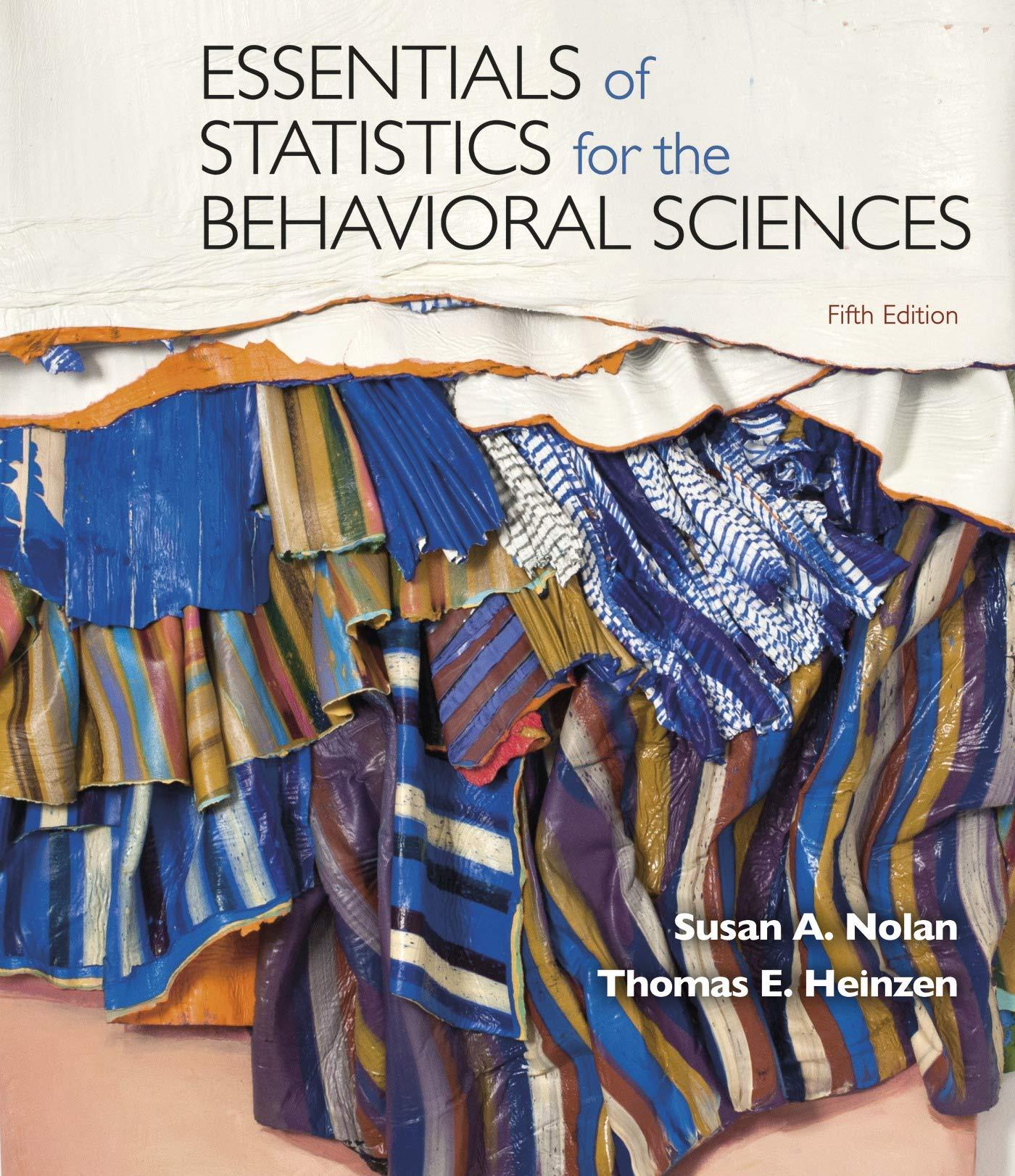4.38 Shapes of distributions, chemistry grades, and first-generation college students: David Laude was a chemistry professor at
Question:
4.38 Shapes of distributions, chemistry grades, and first-generation college students: David Laude was a chemistry professor at the University of Texas at Austin (and a former underprepared college student) who developed an intervention that led underprepared students to perform at the same average level as others (Tough, 2014). He started this program because he observed a bimodal distribution of grades, rather than a unimodal distribution with a peak in the middle. Specifically, “in each class of 500 students, there would be 400 or so who did quite well, clustered around the A and high-B range. They got it. Then there would be a second cluster of perhaps 100 students whose grades were way down at the bottom—Ds and Fs. They didn’t get it.”
a. Draw a distribution that ranges from F on the left to A on the right and shows what the chemistry grades would look like if the distribution were unimodal with a peak in the center.
b. Draw the distribution that Laude observed in his chemistry classes.
c. Take a guess as to what the mean would be—in terms of a letter grade—for the distribution in part
(a) and the distribution in part (b).
d. For which distribution—the one in part
(a) or the one in part (b)—is the mean likely to be a better measure of central tendency? Explain your answer.
e. Based on the outcome mentioned above, describe in words what you think the distribution looked like after Laude’s intervention.
Step by Step Answer:

Essentials Of Statistics For The Behavioral Sciences
ISBN: 9781319247195
5th Edition
Authors: Susan A. Nolan, Thomas Heinzen






